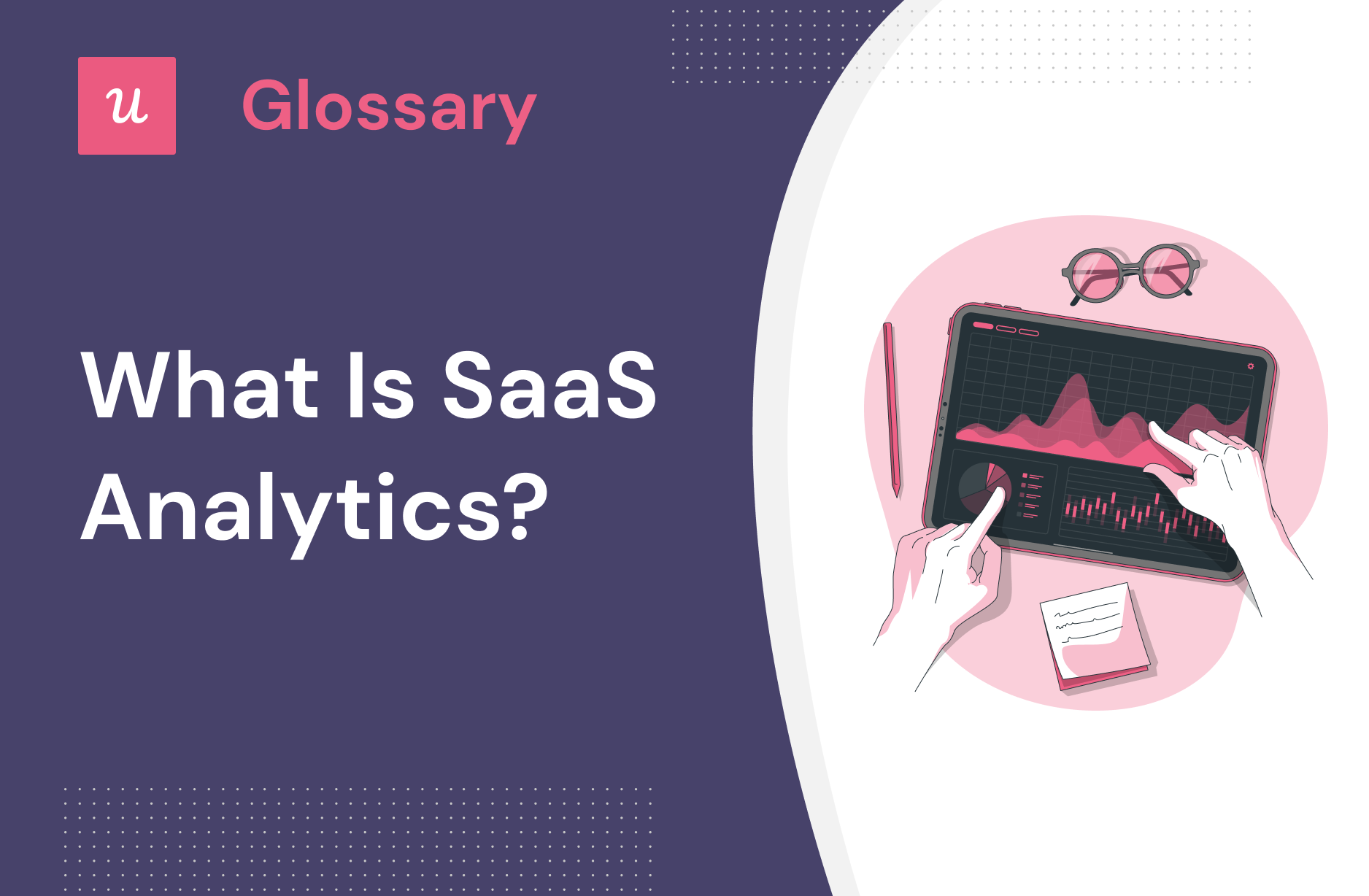What is SaaS Analytics?

SaaS analytics are data points used to track customer behavior across all customer journey stages. It helps SaaS companies understand how users interact, why they might leave, and ways to keep them engaged, ultimately leading to data-driven decisions and higher customer retention.
Why is SaaS Analytics important?
SaaS Analytics is critical for subscription-based businesses aiming to optimize their operations and grow. It provides insights into key metrics like churn rate, monthly recurring revenue, and customer lifetime value, enabling data-driven decision-making for enhanced profitability.
Do you need tools for SaaS Analytics?
Analytics tools help you gain valuable insights and make smart business decisions right when they matter the most. Here’s how SaaS analytics tools can be your guiding star:
- Track your growth: An effective SaaS analytics dashboard helps you visualize relevant insights. It lets you quickly look at metrics like active users, customer lifetime value, engagement rates, feature usage, churn, etc.
- Evaluate strategy impact: Analytics can reveal what’s working or not. A/B test experiments and track what’s having the most impact. The goal is not just to see changes, but to understand their significance.
- Spot growth blockers: Let’s say you notice a drop in the usage of a certain feature, signaling an area demanding improvement. SaaS analytics helps you understand what’s causing the drop by looking at behavior analytics data.
What are the best tools for SaaS Analytics?
Looking to understand your users better and optimize your product’s performance? Here are the top SaaS analytics tools you must consider:
- Userpilot: A code-free growth and analytics platform, Userpilot stands out as the best tool for SaaS companies looking for personalized user onboarding and advanced analytics all in one.
- Amplitude: An advanced analytics tool focused on collecting product usage data and predicting future behavior.
- Heap: A complete product analytics platform, Heap meticulously tracks in-app user interactions, letting you pinpoint exactly what’s occurring within your application.
- Mixpanel: If real-time user data collection is what you’re after, Mixpanel is your go-to solution. It allows seamless tracking and collection of user data as it happens.
- Google Analytics: An essential tool for virtually any business with an online presence. It provides key metrics for website performance, including acquisition and behavioral engagement data. Plus, it’s free.
What are the must have features of SaaS Analytics tools?
To truly thrive, you need a deep understanding of every nuance: your growth trajectory, areas of strength, and points of vulnerability. Here’s what you should look for in a SaaS analytics tool:
- Simple data integration: Quick and hassle-free data integration ensures you can get all the needed data in one place.
- Self-service analytics: A user-friendly drag-and-drop interface and a variety of pre-configured dashboard templates will drive your teams to thrive on autonomy and reduce reliance on IT.
- Data visualization: Beyond basic charts and graphs, advanced visualization should simplify complex data and ensure actionable insights at a glance.
- Predictive analytics: By analyzing past trends and current data, predictive analytics provides invaluable foresight, especially in a dynamic sector like SaaS.
- User segmentation: Understanding your users is key. Segmenting them according to different criteria allows your SaaS solution to cater to various needs accurately.
- User tracking: The success of the SaaS market hinges on user experience. You can fine-tune the user journey by monitoring each user interaction for the best results.
- A/B testing: By comparing product versions, you get clarity on what truly resonates. This draws conclusions based on real feedback.
Check out how Userpilot helps you with SaaS Analytics!


